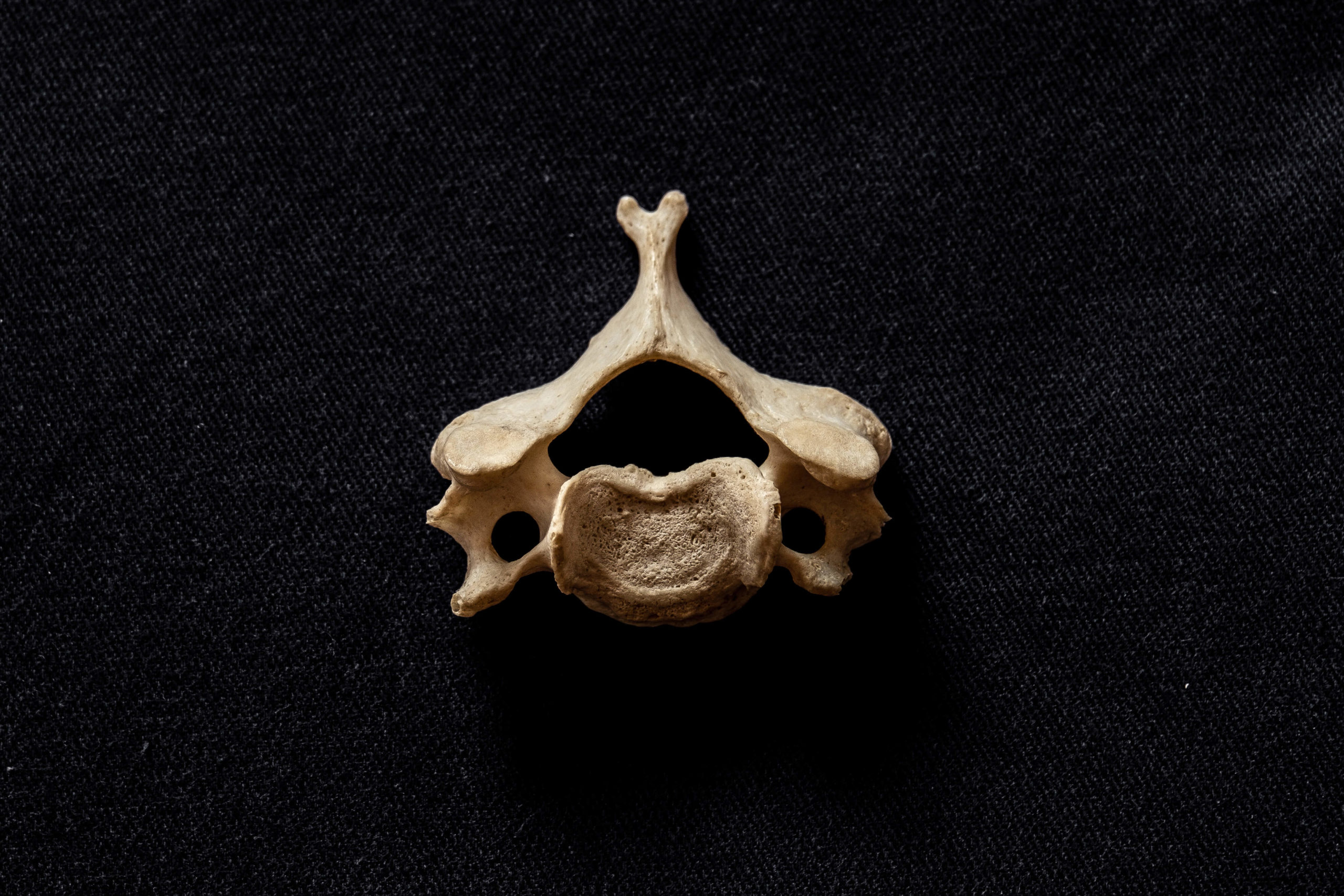
May 20, 2022 | Glossary
The Musculoskeletal System: A Glossary
The musculoskeletal system is made up of bones, cartilage, ligaments, tendons, and connective tissue...
Mon - Fri: 8:00 a.m. to 5:00 p.m
We know that no one ever wants to undergo spine surgery, but in some cases, it’s a necessity. In cases like this, it helps to know that huge advancements have been made in surgical spine procedures over the past few years. One of these advancements is minimally invasive spine surgery (MISS), which can be used to treat a variety of conditions. This type of surgery minimizes exposure and allows patients to have a shorter recovery period. In this article, we’ll be discussing the types of minimally invasive spine surgery offered here at Biscup Spine.
Keep reading to learn more about these procedures and how to schedule a one-on-one consultation with Dr. Biscup.
Whether traditional or minimally invasive, spine surgery is generally attempting to achieve one of two goals: stabilizing the vertebral bones and spinal joints to minimize movement or relieve pressure placed on spinal nerves. However, minimally invasive spine surgery offers an approach that is faster, safer and has quicker recovery times.
In traditional or open approaches to spine surgery, the surgeon will make a single long incision through the skin. Then, a large amount of muscle and surrounding soft tissues are spread, pulled out of the way, or removed from the bone in order to help the surgeon clearly see the surgical site. All of this movement can potentially cause muscles damage or pain following surgery.
Although there are many types of MISS, what they all have in common is that they only require one or more small incisions (about ½ inch each) to be made, rather than one long incision. An endoscope is then placed through the incision to allow the surgeon to work. Because MISS uses such small incisions, it causes significantly less damage to muscles and soft tissues. In general, minimally invasive surgery utilizes small incisions, and instruments and/or microscopic video cameras are then guided through the incisions.
Minimally invasive spine surgery can treat the following conditions:
Keep in mind that some patients are not candidates for a minimally invasive surgical approach. There are very specific indications for minimally invasive surgery, and if a patient’s condition does not have these indications, it’s unsafe to attempt it.
Because MISS results in reduced trauma to muscles and soft tissues, it can potentially provide the following benefits:
Minimally invasive spine surgery uses one of two kinds of procedures: percutaneous, through the skin, or mini-open, small incision. Some of the types of minimally invasive spine surgery include discectomy, microdiscectomy, foraminotomy, microforaminotomy, microlaminectomy, and microlaminotomy. We’ll go into further detail regarding these procedures below.
Spinal stenosis is a condition in which the spinal canal has been narrowed, typically by obstructions like bone spurs. This condition can cause pain, numbness, or weakness in affected areas. Spinal laminectomy or spinal decompression are the types of minimally invasive spine surgery used to treat this condition, with the goal of opening up the spinal column, removing obstructions, and releasing pressure on nerves.
Procedures designed to treat spinal stenosis that are provided by Biscup Spine include:
Herniated discs are one of the most common spine conditions. This condition can cause severe and debilitating pain, but it doesn’t require invasive spine surgery to be treated effectively. The most common minimally invasive spine procedures performed to treat this condition are known as discectomy and microdiscectomy.
When a disc isn’t actually herniated but simply “bulging” into the walls of the spinal canal, this can cause significant pain or discomfort. In addition to this, untreated compression can cause a natural thickening of the vertebrae in some patients. This may happen as a result of your body attempting to increase protection for your nerves. Whatever your condition, spinal canal enlargement can be done with the help of different types of minimally invasive spine surgery. Procedures like laminotomy, laminaplasty, micro-endoscopic decompression, microdecompression laminaplasty, or transforaminal microdecompression can relieve pain and pressure.
Spinal fusion is known for being a difficult procedure, but some doctors are capable of performing minimally invasive spinal fusion, such as Dr. Biscup here at Biscup Spine!
The goal of this procedure is to remove spinal discs between the vertebrae and fuse the two then-adjacent vertebrae with grafted bone or metal plates that are then secured with screws. This joins the vertebrae together permanently, stabilizing the spine by restricting movement.
Minimally invasive spinal fusion uses a smaller incision than traditional spinal surgery, providing all the same benefits we know that minimally invasive spine surgery can provide.
Laser spine surgery is a cutting-edge, minimally invasive spine procedure that targets offensive tissues that cause back pain. It’s a safe procedure that requires advanced equipment and a very skilled hand.
During the procedure, a laser is used to remove portions of the tissue around the spinal cord and spinal nerves. Unlike other types of spine surgery, however, laser spine surgery may only be appropriate for specific conditions, such as nerve compression. Lasers can be used to decompress the nerve, with the aim of relieving pain.
Dr. Biscup is a pioneer in minimally invasive lumbar spine surgery, among other types. His specialization includes laser microsurgery and micro-decompression laminoplasty. In addition to this, he often provides a second opinion for patients considering surgery. He has treated many patients referred to him by other doctors who trusted Dr. Biscup to successfully treat their patients. He also sees many patients who have failed to get relief from prior spine surgery. Dr. Biscup believes that even patients with the most complicated conditions deserve to get relief from their pain.
If you’re currently living with lower back pain and are failing to get relief from your current treatment or have all but given up on finding relief, please don’t hesitate to call us at 1-800-533-7313 or contact us online today. Our goal is to deliver the best outcome possible for the relief of your back pain and we pride ourselves on our proven ability to do so. We look forward to partnering with you on your successful journey to better health!
Featured image by wavebreakmedia_micro – www.freepik.com

The musculoskeletal system is made up of bones, cartilage, ligaments, tendons, and connective tissue...

Many of us don’t think twice about our spine, taking the flexibility and mobility it provides us w...

Improving your spine health starts with finding the doctor and practice that will provide you with a...
©2025 Biscup Spine. All Rights Reserved. | Privacy Policy | Support by ITCare